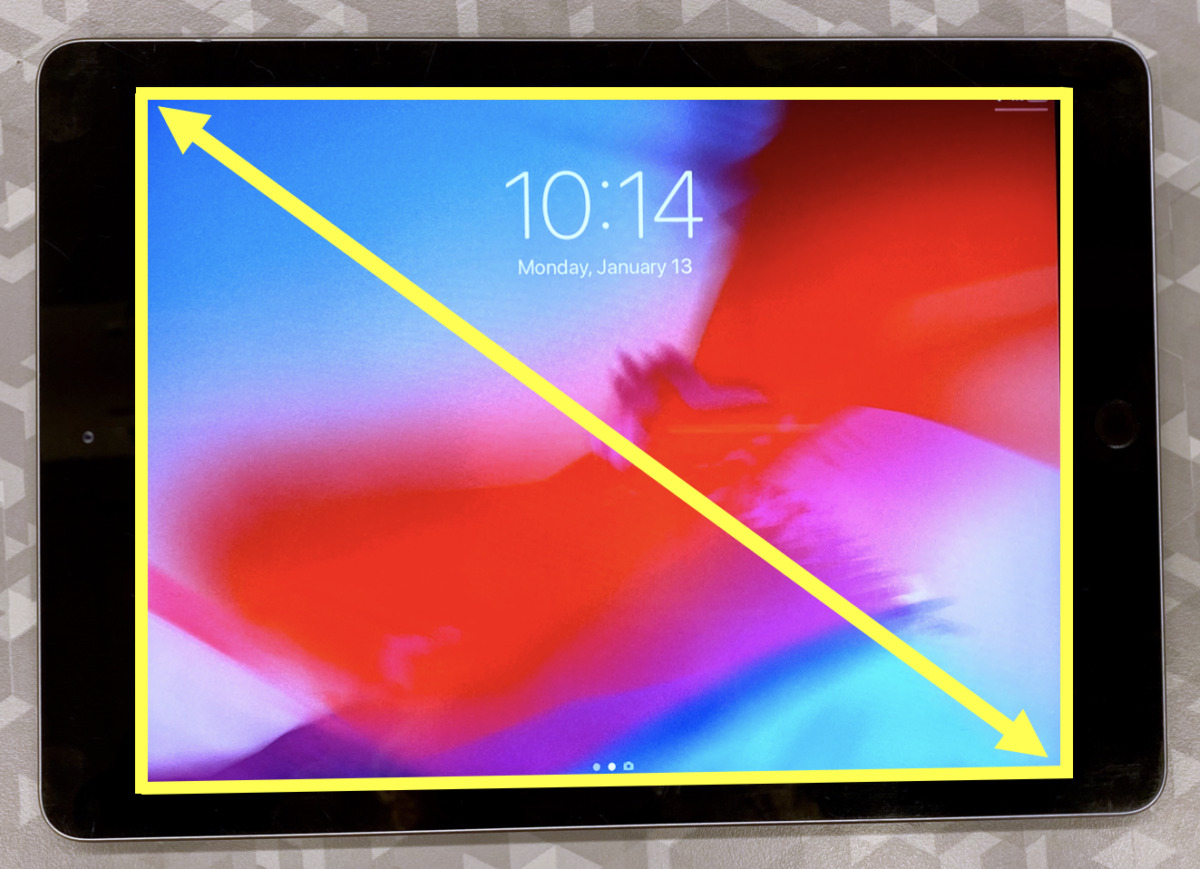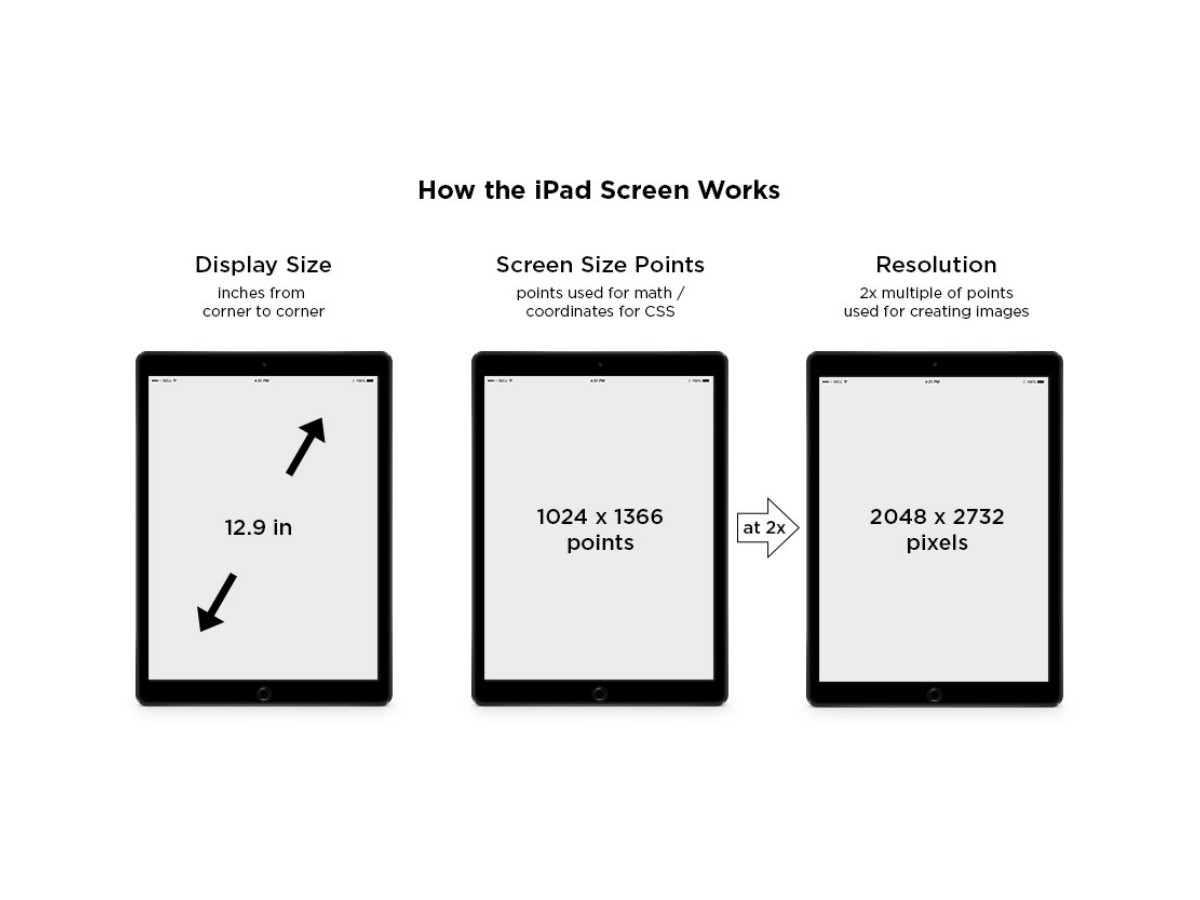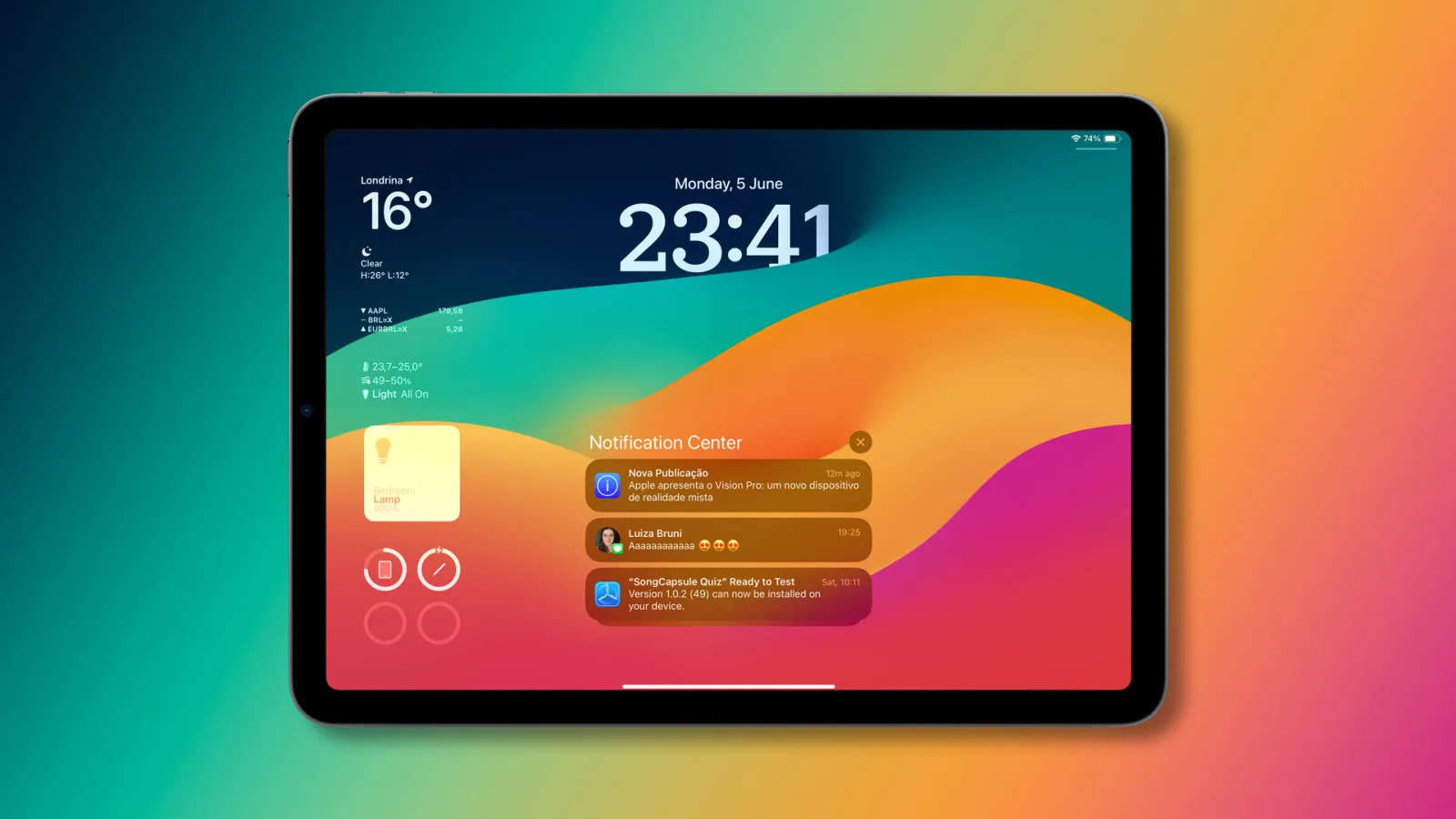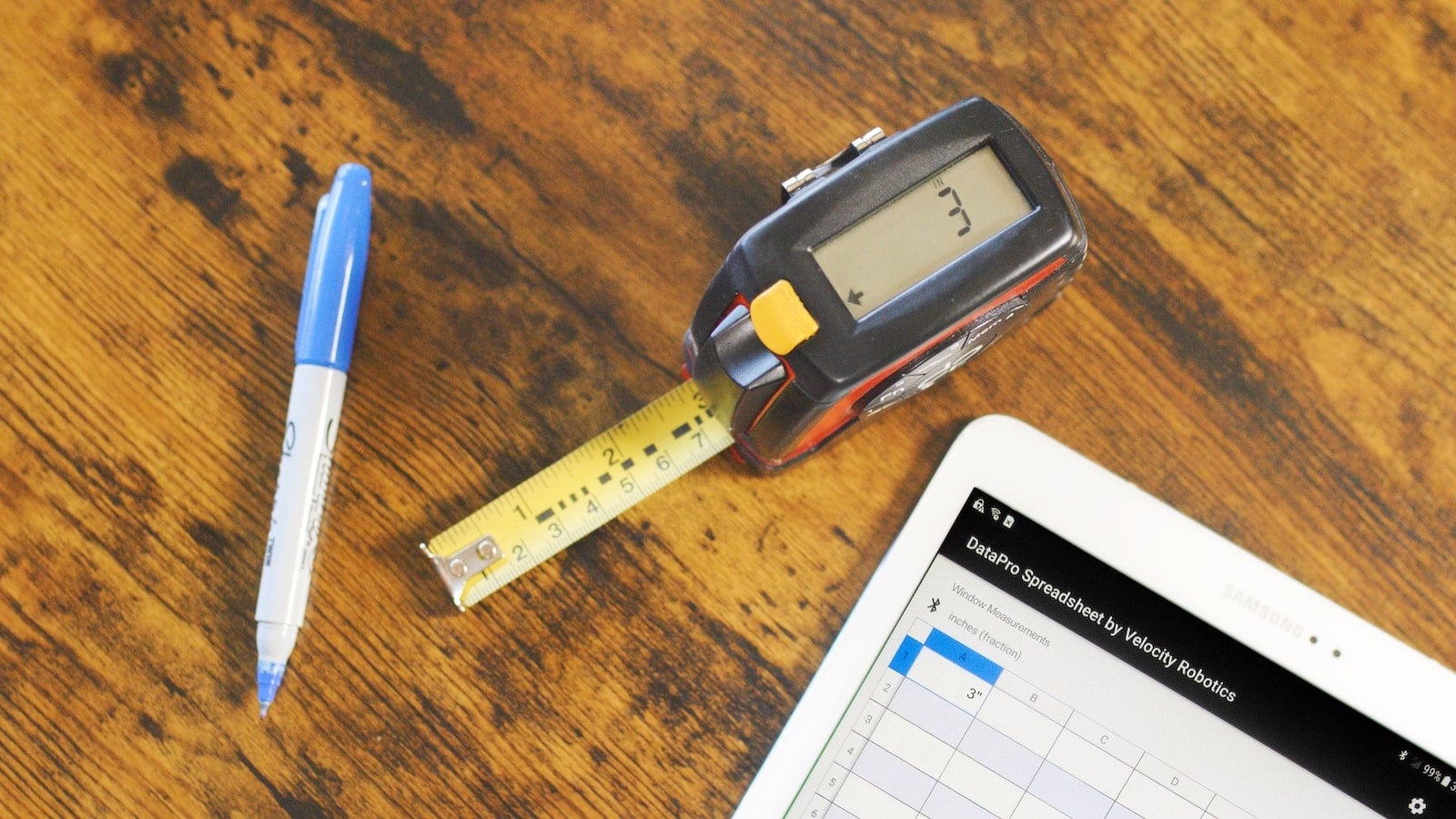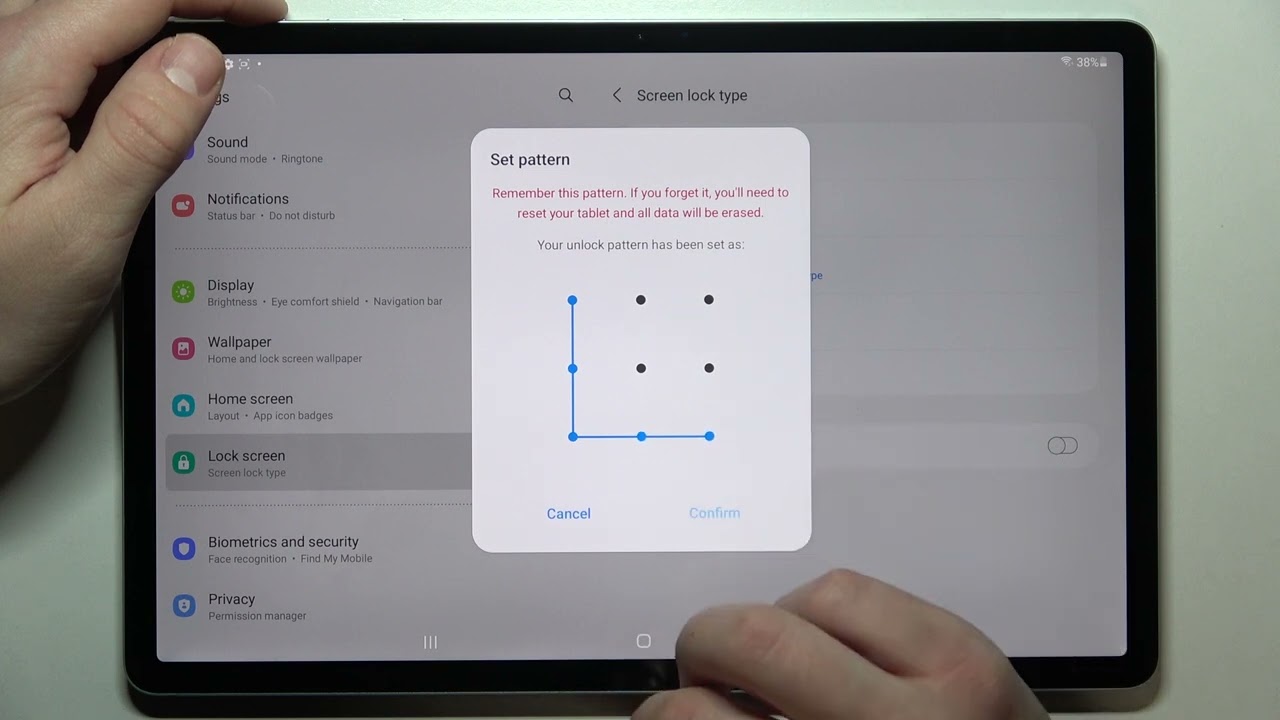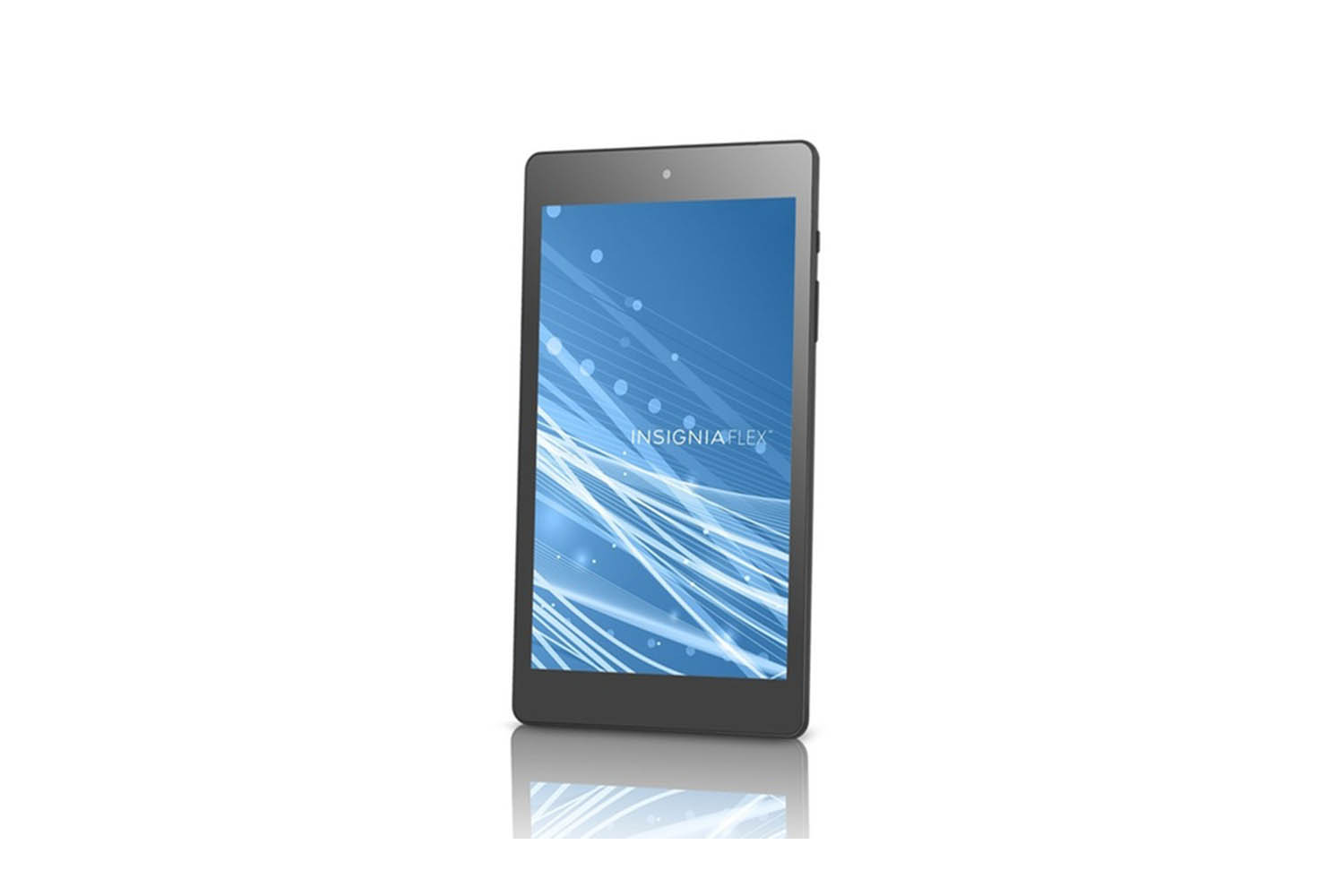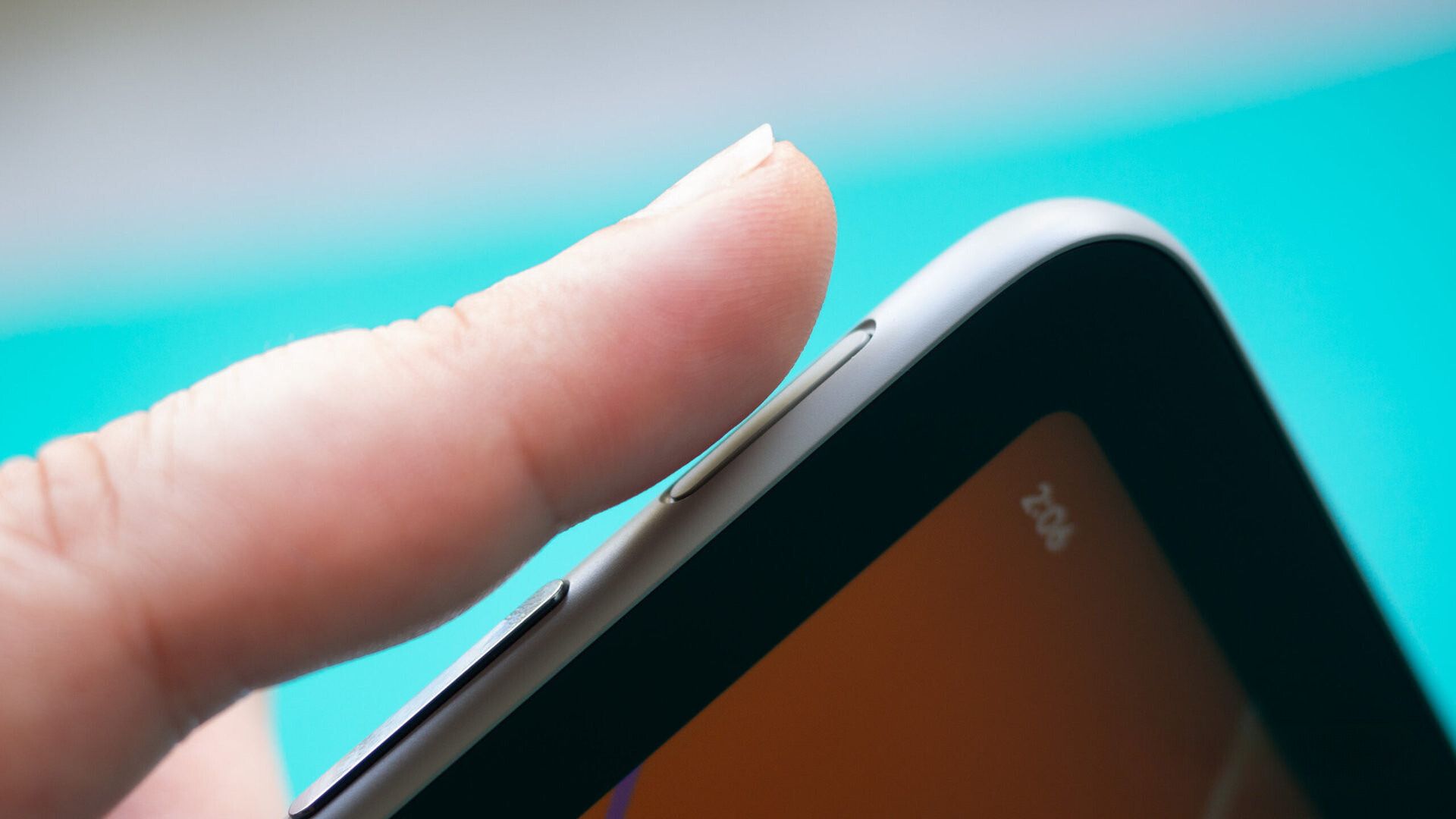Introduction
Tablets have become increasingly popular as versatile devices for work, entertainment, and communication. Whether you’re buying a new tablet, or simply curious about the specifications of your current one, knowing how to measure the screen is essential. Understanding the screen dimensions can help you choose the right accessories, ensure compatibility with applications, and make the most of your tablet experience.
In this article, we will provide a step-by-step guide on how to accurately measure a tablet screen. From measuring the diagonal length to calculating the aspect ratio and screen resolution, we will cover all the essential measurements you need to know. Additionally, we will explore considerations such as bezels and viewing area, which play a crucial role in determining the actual usable screen space.
By the end of this article, you will have all the knowledge you need to confidently measure a tablet screen and make informed decisions when it comes to purchasing accessories or comparing different models.
If you’re ready to dive in, let’s get started with the first step: measuring the diagonal length of the tablet screen.
Step 1: Measure the Diagonal Length
The first step in measuring a tablet screen is determining the diagonal length. This measurement is crucial as it is the primary specification used to describe the size of the screen.
To measure the diagonal length, you will need a ruler or a tape measure. Start by placing the ruler or tape measure on one corner of the screen and extend it to the opposite corner. Make sure to align the ruler or tape measure along the edge of the screen for accurate results. Note down the measurement in inches or centimeters.
It’s important to measure only the visible screen area, excluding any bezels or frames surrounding the display. The diagonal length provides a straightforward and consistent way to compare screen sizes across different tablets.
Once you have the diagonal measurement, you can use it as a reference when considering various tablet models or determining the preferred screen size for your needs. Keep in mind that a larger diagonal length typically indicates a larger display, offering a more immersive viewing experience.
Now that you have measured the diagonal length, let’s move on to the next step: measuring the height and width of the tablet screen.
Step 2: Measure the Height and Width
After measuring the diagonal length, the next step is to measure the height and width of the tablet screen. This will give you a more detailed picture of the screen’s dimensions and aspect ratio.
Using a ruler or tape measure, place it vertically on one side of the screen and measure from the top edge to the bottom edge. This will give you the height measurement in inches or centimeters.
Next, place the ruler or tape measure horizontally across the screen and measure from one side to the other. This will give you the width measurement.
When measuring the height and width, it’s essential to measure only the actual screen area without including any bezels or frames. This will ensure that you get precise measurements for comparing different tablets or determining the compatibility with accessories.
Once you have the height and width measurements, you can calculate the aspect ratio of the screen. This is an important factor to consider as it determines the shape and proportions of the display.
In the next step, we will guide you through the process of calculating the aspect ratio of a tablet screen.
Step 3: Calculate the Aspect Ratio
Calculating the aspect ratio of a tablet screen allows you to determine the shape and proportions of the display. It is an important consideration when comparing different tablet models and understanding how content will be displayed on the screen.
To calculate the aspect ratio, divide the width measurement of the screen by the height measurement. For example, if the width is 10 inches and the height is 8 inches, the aspect ratio would be 10:8, which can be simplified to 5:4.
The aspect ratio is usually expressed as a ratio of whole numbers but can also be represented decimally. The most common aspect ratios for tablets are 4:3 and 16:9, although other ratios may also exist.
Understanding the aspect ratio can help you determine how well a tablet screen will display certain types of content. For example, a tablet with a 4:3 aspect ratio is more suited for reading documents or browsing the web, while a tablet with a 16:9 aspect ratio is ideal for watching widescreen videos or movies.
Now that you have calculated the aspect ratio of the tablet screen, let’s move on to the next step: measuring the screen resolution.
Step 4: Measure the Screen Resolution
Measuring the screen resolution of a tablet will give you information about the number of pixels displayed on the screen. This measurement is crucial in determining the clarity and level of detail that can be seen on the display.
To find out the screen resolution, you can refer to the tablet’s specifications provided by the manufacturer. It is usually expressed as the number of pixels in width and height, such as 1920×1080 or 2560×1600.
The first number represents the horizontal pixel count, while the second number represents the vertical pixel count. Multiplying these two values will give you the total number of pixels on the screen.
For example, a screen resolution of 1920×1080 means that there are 1920 pixels horizontally and 1080 pixels vertically, resulting in a total of 2,073,600 (1920×1080) pixels on the screen.
A higher screen resolution typically indicates a sharper and more detailed display, allowing you to view images, videos, and text with greater clarity. However, it’s important to consider the tablet’s size and the intended use when determining the desired screen resolution.
Now that you have measured the screen resolution, let’s move on to the next step: considering bezels and viewing area.
Step 5: Consider Bezels and Viewing Area
When measuring a tablet screen, it’s essential to consider the presence of bezels and the actual usable viewing area. Bezels are the frames or borders surrounding the screen, and they can vary in size and width from one tablet model to another.
Bezels serve multiple purposes, such as housing the tablet’s front-facing camera, sensors, and buttons. They also provide a border between the screen and the device’s frame, protecting the display from accidental damage. However, they also reduce the overall screen-to-body ratio and affect the usable viewing area.
To get an accurate understanding of the actual usable viewing area, you can reference the dimensions specified by the manufacturer or look for reviews and images of the tablet without bezels. This will give you a better idea of how much screen real estate is available for content.
When comparing different tablet models, take note of the size and width of the bezels, as they can impact the overall dimensions and portability of the device. Consider your preferences and intended use to determine the optimal balance between screen size and overall tablet size.
It’s worth mentioning that some tablets have minimal bezels, providing a more immersive and edge-to-edge display. These bezel-less designs maximize the viewing area, making the most of the available screen space.
With a clear understanding of the bezels and viewing area, you can make informed decisions about the size and usability of the tablet screen to ensure it fits your needs and preferences.
Now that you are aware of the importance of considering bezels and viewing area, let’s summarize the key points.
Conclusion
Measuring a tablet screen can provide valuable information about its size, aspect ratio, resolution, and viewing area. By following the step-by-step guide outlined in this article, you can obtain accurate measurements and make informed decisions when it comes to purchasing accessories or comparing different tablet models.
In the first step, you learned how to measure the diagonal length, which is the primary specification used to describe the size of the screen. Then, in the second step, you measured the height and width to get a more detailed understanding of the tablet’s dimensions.
The third step involved calculating the aspect ratio, which provides crucial information about the shape and proportions of the display. The fourth step focused on measuring the screen resolution, giving you insights into the clarity and level of detail of the screen.
Lastly, in the fifth step, you considered the bezels and viewing area, understanding their impact on the usable screen space and overall dimensions of the tablet.
Remember that when measuring the screen, it’s important to exclude the bezels and focus solely on the active display area for accurate results. Additionally, take into account your personal preferences, intended use, and the specific needs of the tasks you’ll be performing on the tablet.
Equipped with the knowledge gained from this guide, you are now ready to confidently measure a tablet screen and make informed decisions that align with your requirements and preferences.
Whether you’re buying a new tablet or exploring the specifications of your current device, understanding the measurements of the screen is essential for a seamless and satisfying tablet experience.







